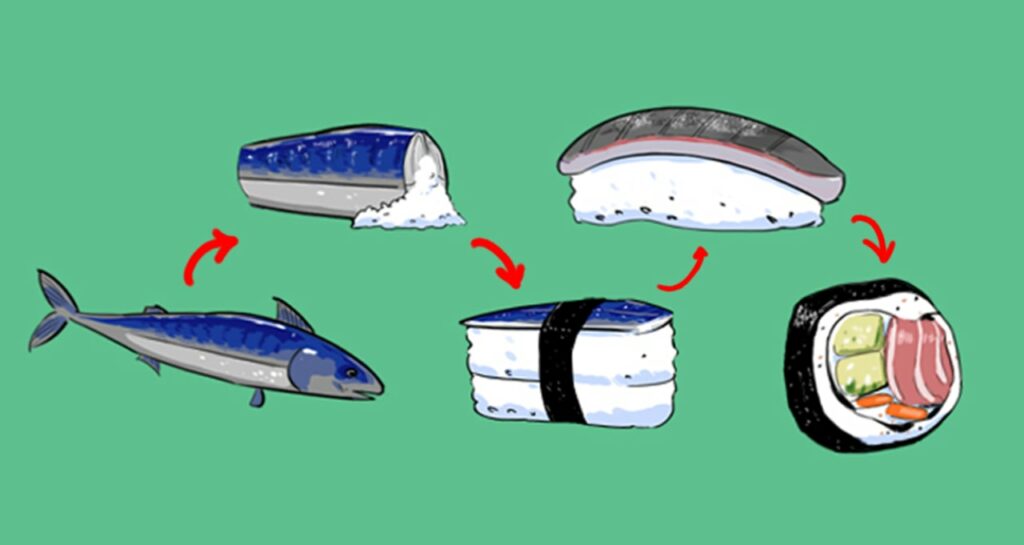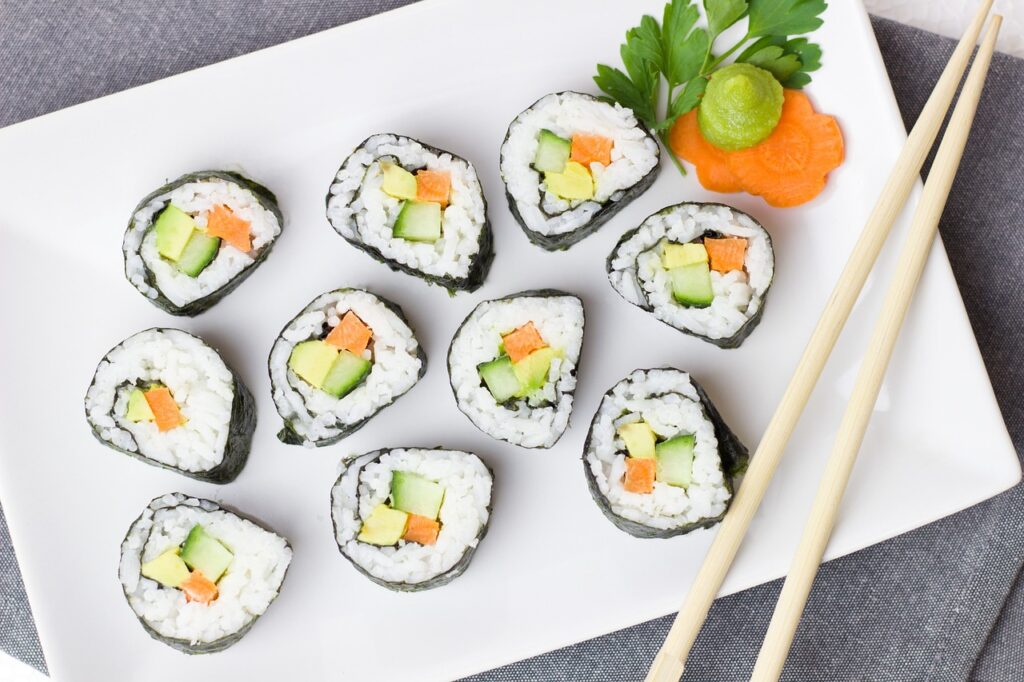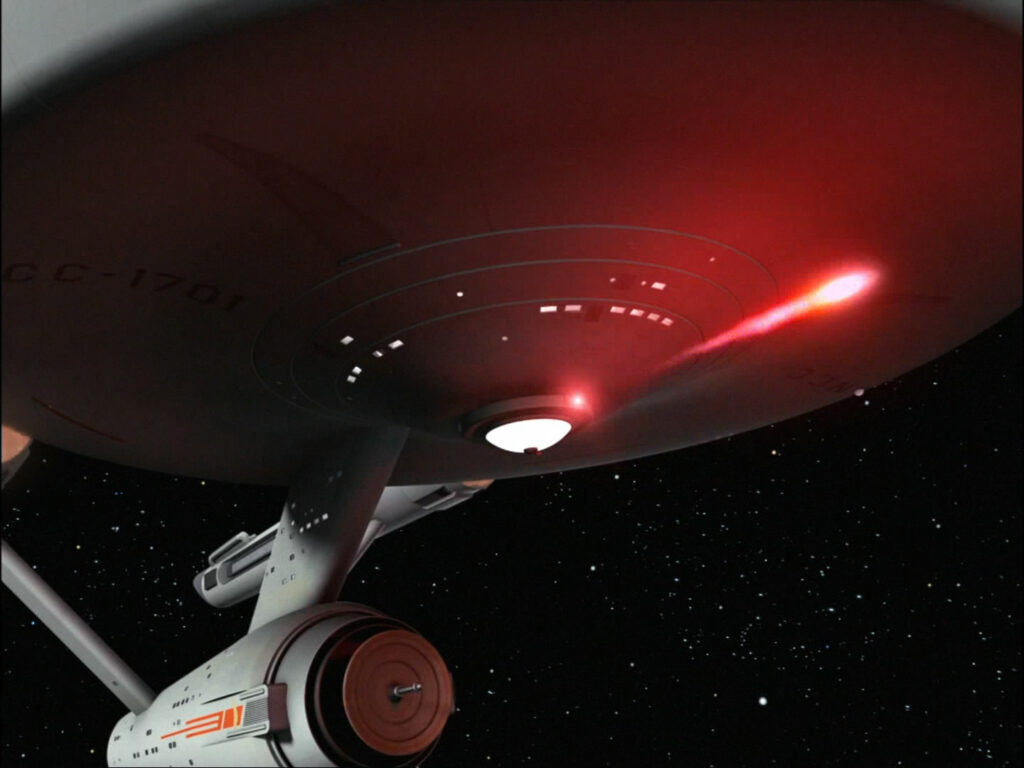Sushi is the perfect food for space. In this post, I propose a semi-closed loop cycle that not only produces food for humans, but also disposes of human waste and contributes to life support.
Hope you like eel! 😀
So, let’s start with a little quiz, to jog your memories and get your brains thinking about the Sushi Cycle: what are the three primary ingredients of sushi?
I’ll be nice and provide the answer: seaweed; rice; and some kind of filling, traditionally fish or eel, but tofu has also been used and chicken can be great filling if done right. Now, anybody remotely familiar with seaweed should know that it grows like crazy with very little provocation. One could, in fact, say that it grows like weeds! In the sea! Like some kind of oceanic invasive plant…
Rice, strangely enough, is also quite easy to grow in the right climate; which is relatively easy to achieve in the climate controlled environs of a spaceship. There are also several species of eel that will eat anything, and will have absolutely no complaints about living in cramped spaces. Only a surprising intermediary in the form of jellyfish is required to make the human waste into yummy eel.

- Human waste and carbon dioxide enter the Sushi Cycle.
- Carbon dioxide is sent to the rice and seaweed farms, while human waste is sent to the jellyfish. Carbon dioxide is converted into oxygen, which is recirculated.
- The jellyfish process the human waste into protein, which is then fed to the eels and also used to fertilise the seaweed and rice.
- Seaweed, rice, and eels are harvested and made into delicious sushi.
- Sushi is consumed by the humans, and turns into human waste. Humans also produce carbon dioxide from oxygen.
- GOTO 1
The best part about this cycle is that you don’t have to use eel, although it is the best option, in my opinion. You could theoretically substitute it for vat-grown chicken fed protein by the jellyfish – or any other vat-grown meat, for that matter. Or, hell, just use the jellyfish straight up, they’re great protein sources! You could also substitute it for tofu. The seaweed and rice can also be used to make other foods, such as rice crackers or algae chips (similar to kale chips, I’d imagine, albeit a bit difficult to cook up because it’s so soggy).
While this cycle would be best applied aboard space stations (regular, consistent simulated gravity from rotation), I think there are still applications aboard long-range space ships looking to supply themselves with yummies.
Sushi!
Addendum: A very dear friend has informed me of the rice-fish system, a form of polyculture practice that forms a symbiosis between aquatic lifeforms – fish, normally – and the rice in a paddy, a mutualistic relationship that protects the rice from pests and gives it free fertiliser forever, and gives the fish a source of food in pests that snack on rice, with the added benefit of growing two foodstuffs in the same space. While this idea requires some retooling for space, this only proves my point about how sushi is the perfect space food, and could also be adapted to the kelp harvesting side of things too.
All in all, this just fuels my agenda of “fuck monocropping”! Thanks, anonymous dear friend of mine!


